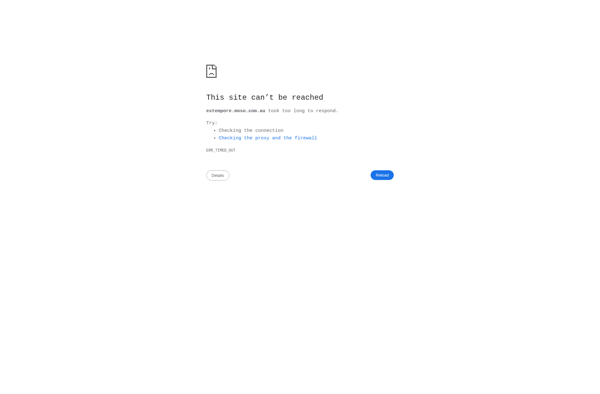ChucK
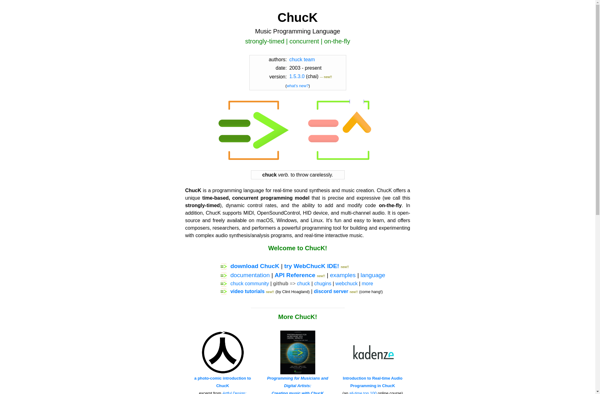
ChucK: Audio Programming Language
ChucK is an audio programming language developed at Princeton University, allowing real-time audio synthesis and processing through easy-to-learn syntax, ideal for experimental sound design and live coding performances.
What is ChucK?
ChucK is an audio programming language that was created in 2003 by Ge Wang and Perry Cook at Princeton University. It is designed specifically for real-time sound synthesis and music creation, allowing users to manipulate audio parameters in real-time through an easy-to-learn syntax.
One of the key features of ChucK is its precision timing and concurrency model, which allows precise coordination between synchronous operations on audio signals. This makes it well-suited for experimental sound design, algorithmic composition, and live coding. ChucK programs tend to be quite compact and readable due to the language's high-level abstractions.
In addition to sound synthesis features, ChucK includes tools for analyzing and transforming audio signals. Its unit analyzers can track pitch, amplitude, brightness, bandwidth and other qualities of a sound. ChucK also integrates closely with MIDI and OSC protocols.
ChucK has an active developer and user community. Its open source tools and libraries make it easy to extend and customize. ChucK has been used for computer music research, teaching, sound installations, dance accompaniment, game audio and more. While originally developed for Linux, it is now cross-platform compatible.
ChucK Features
Features
- Strong timing and synchronization capabilities
- Concurrency through shreds
- On-the-fly programming for live coding
- Unit analyzers and generators for audio
- Supports MIDI and OSC
- Integrated with MiniAudicle GUI
Pricing
- Open Source
Pros
Cons
Official Links
Reviews & Ratings
Login to ReviewThe Best ChucK Alternatives
Top Audio & Music and Audio Programming and other similar apps like ChucK
Here are some alternatives to ChucK:
Suggest an alternative ❐Max/MSP
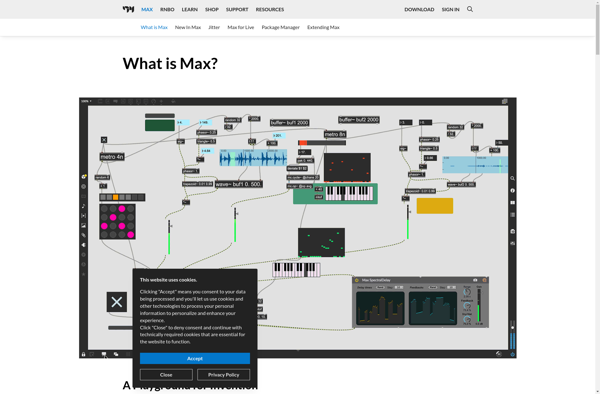
Sonic Pi
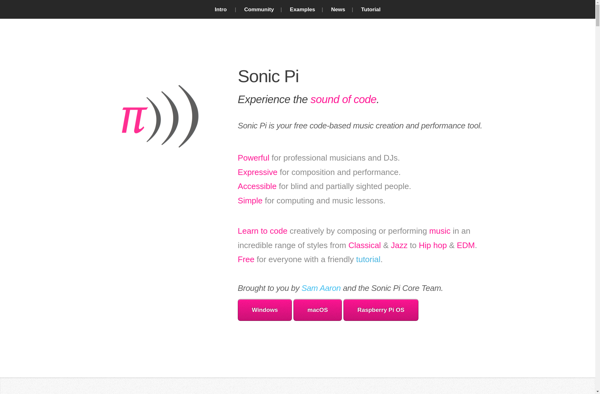
Synthesine
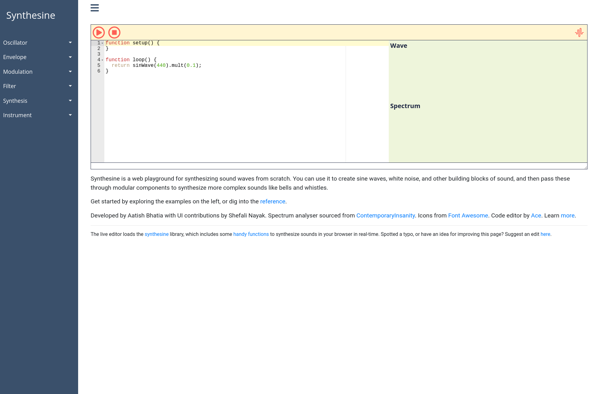
Klangmeister
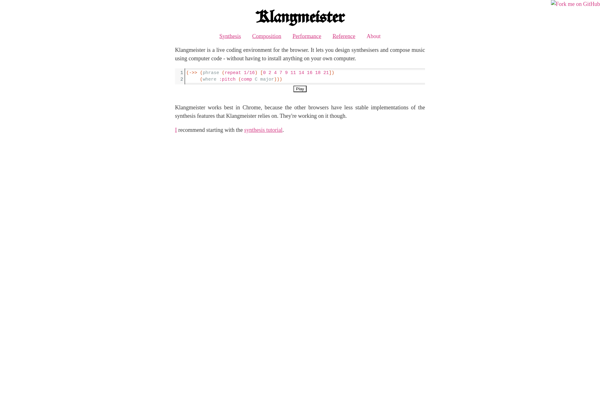
Pure Data
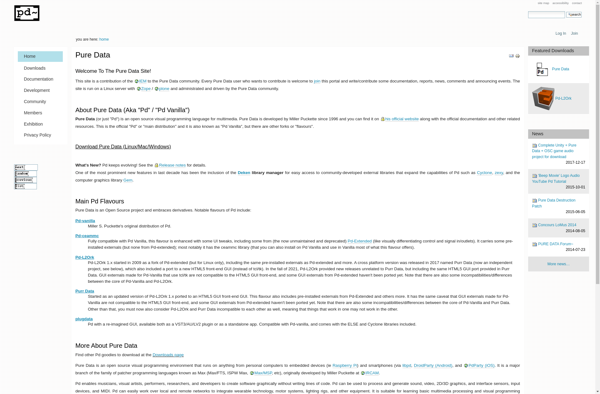
Nyquist
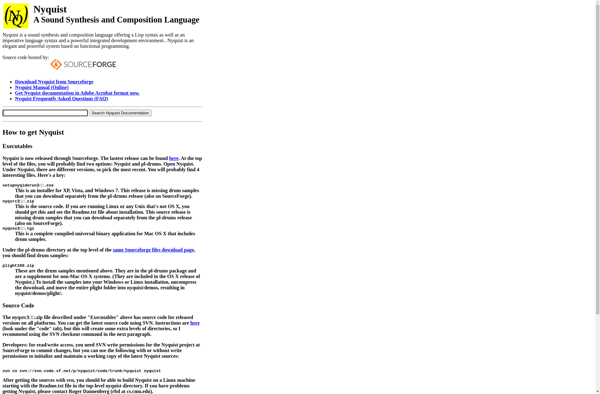
SuperCollider
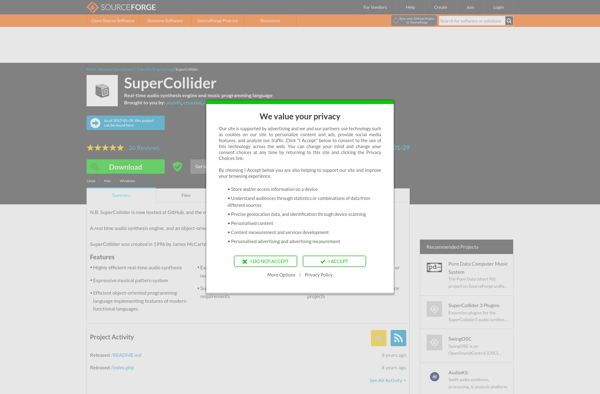
Negasonic
Wavepot
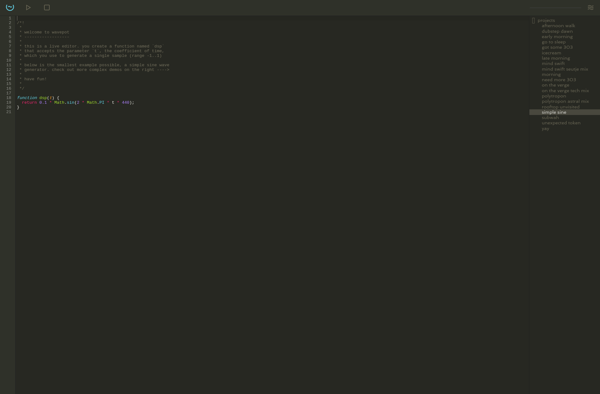
PraxisLIVE
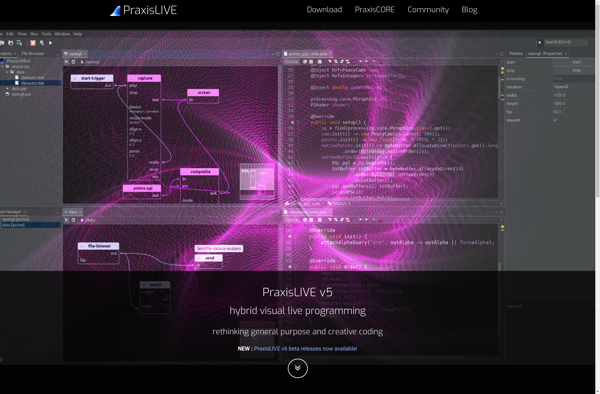
Evaluator
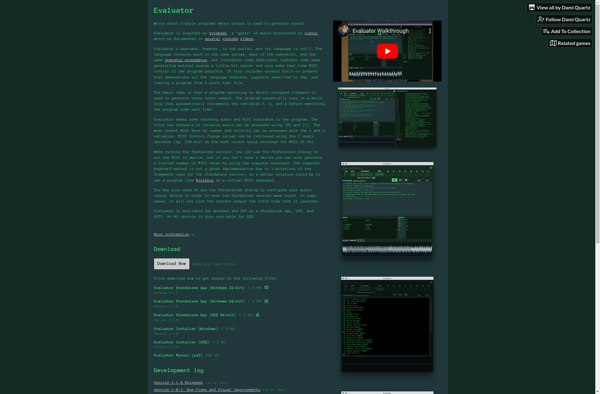
AudioMasher
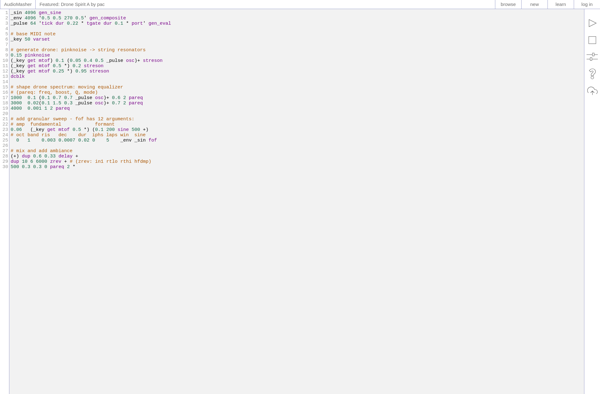
Slang audio programming language
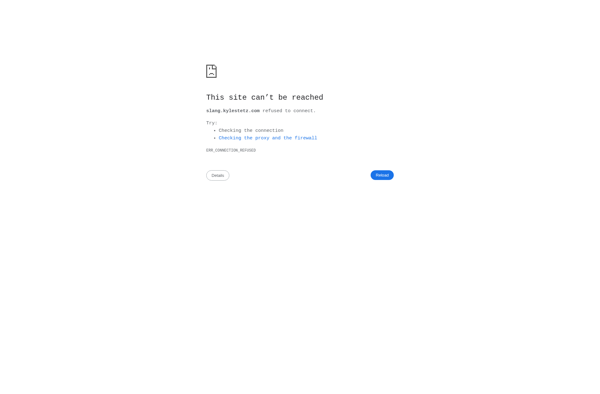
Faust
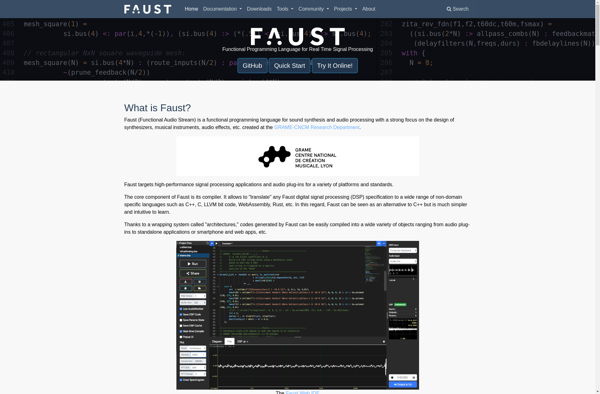
Csound
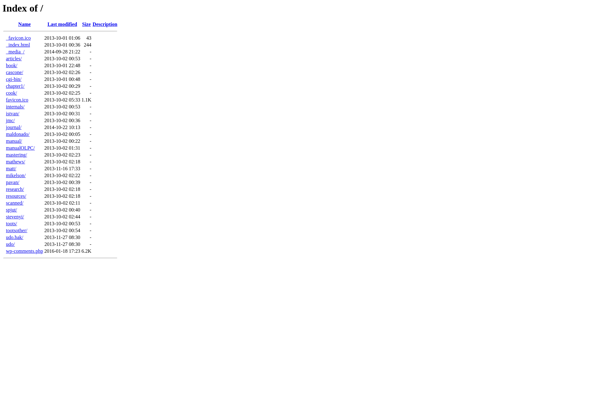
SOUL programming language
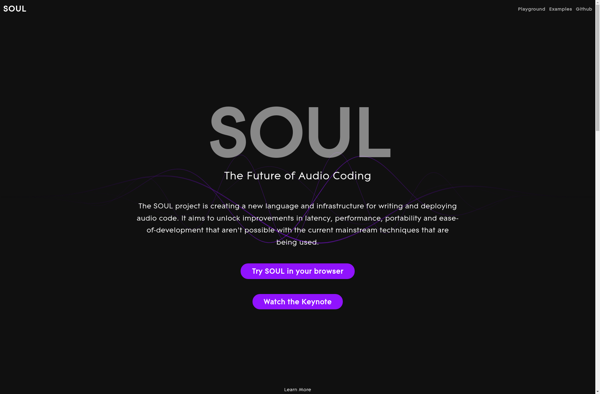
Gibber
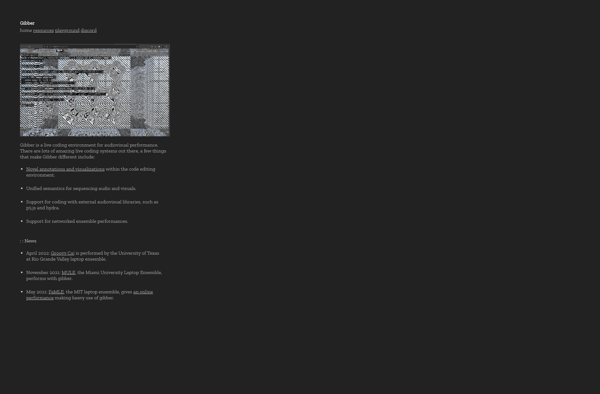
Extempore
